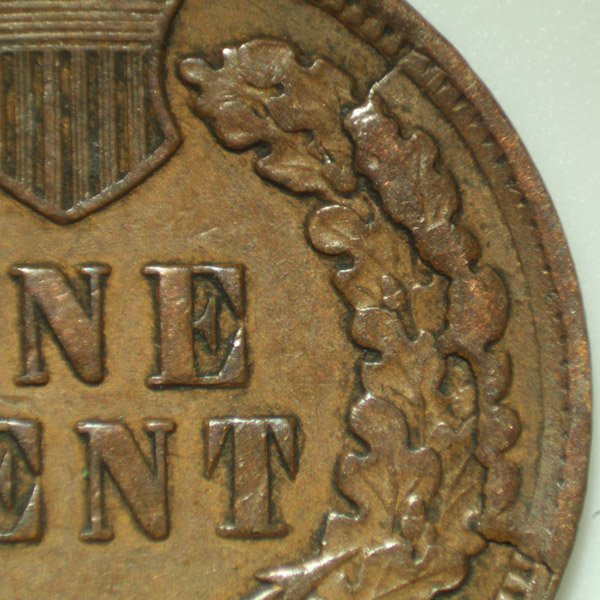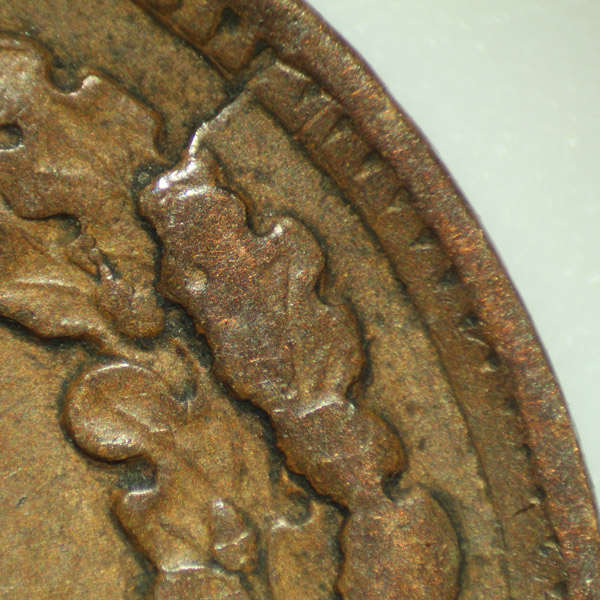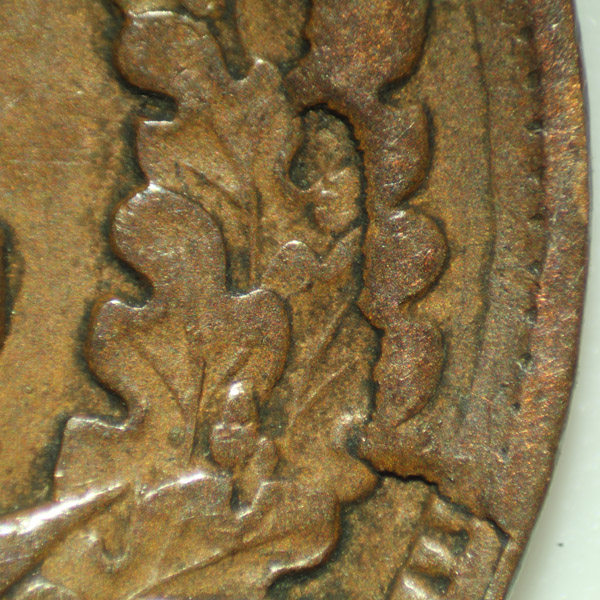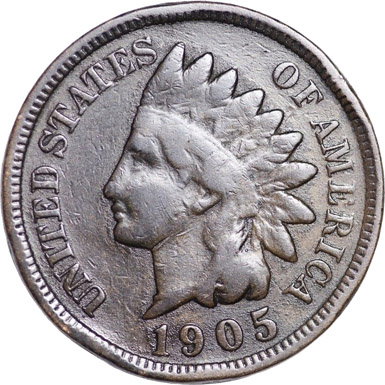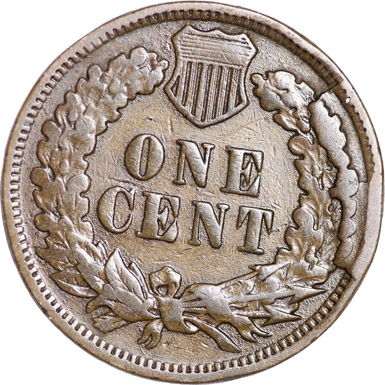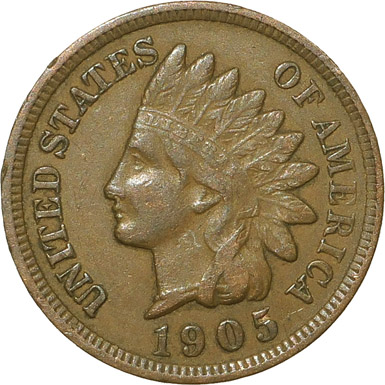 |
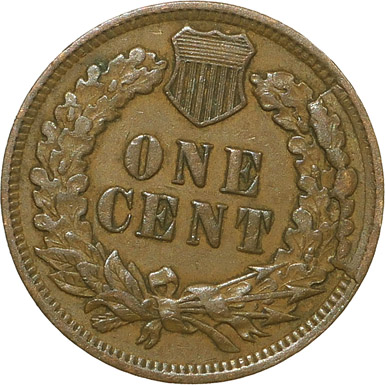 |
Obverse 58 |
Reverse AAH |
Obverse Diagnostics
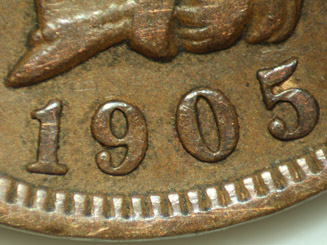
Date Position
| Macro Photography Of Obverse 58 Repunched Digits | ||
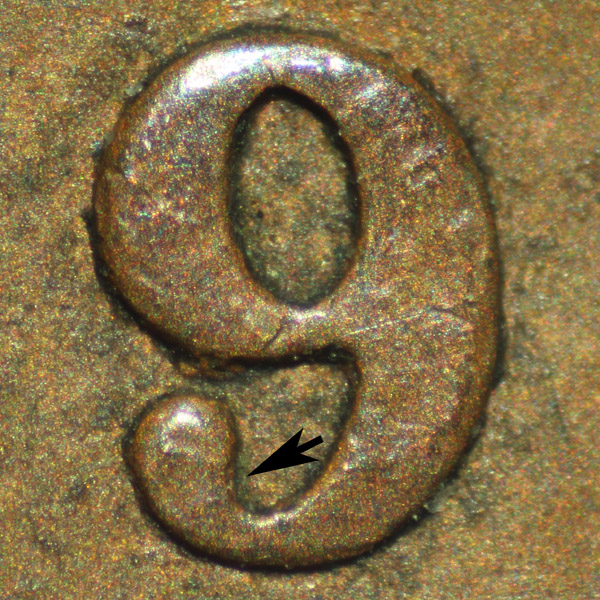 9 (Click Image To Enlarge) |
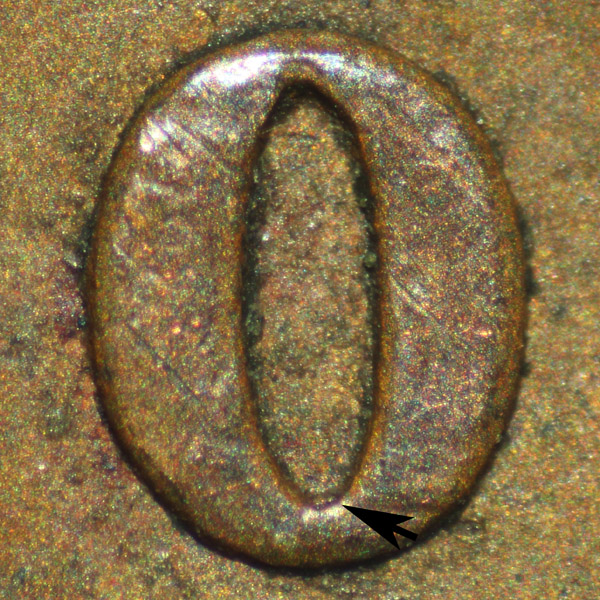 0 (Click Image To Enlarge) |
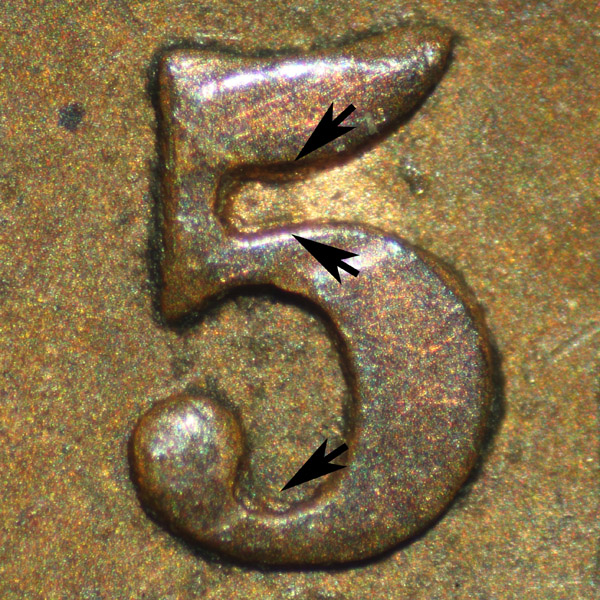 5 (Click Image To Enlarge) |
Reverse Diagnostics
| Macro Photography Of Reverse AAH Die Cracks | ||
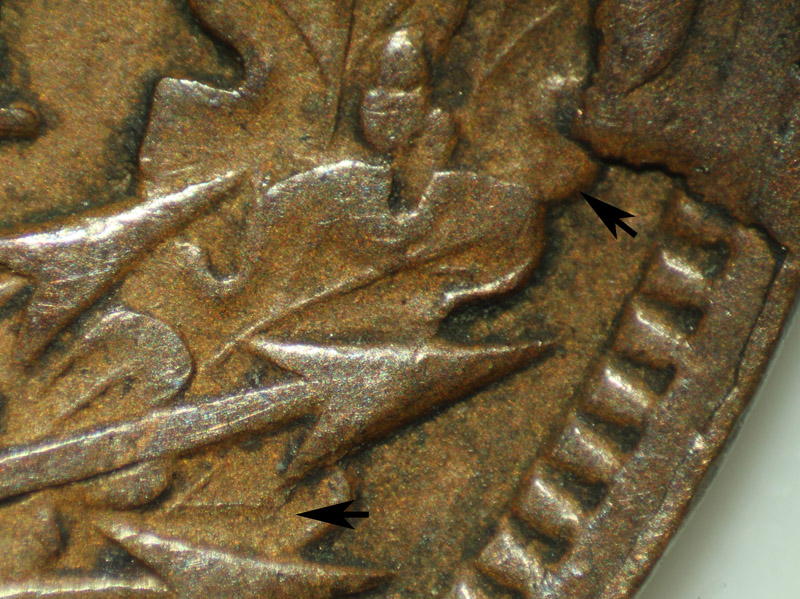 Below Partial Cud (Click Image To Enlarge) |
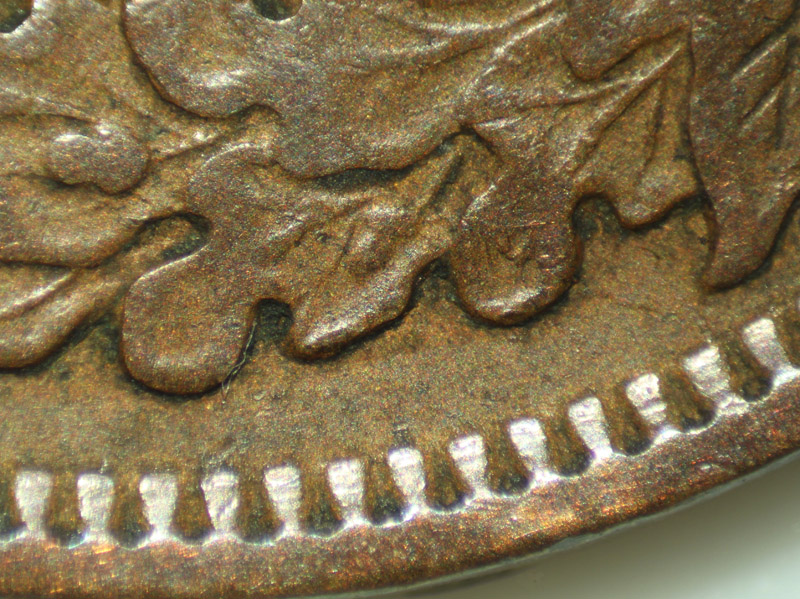 From 8:00 (Lower Area) (Click Image To Enlarge) |
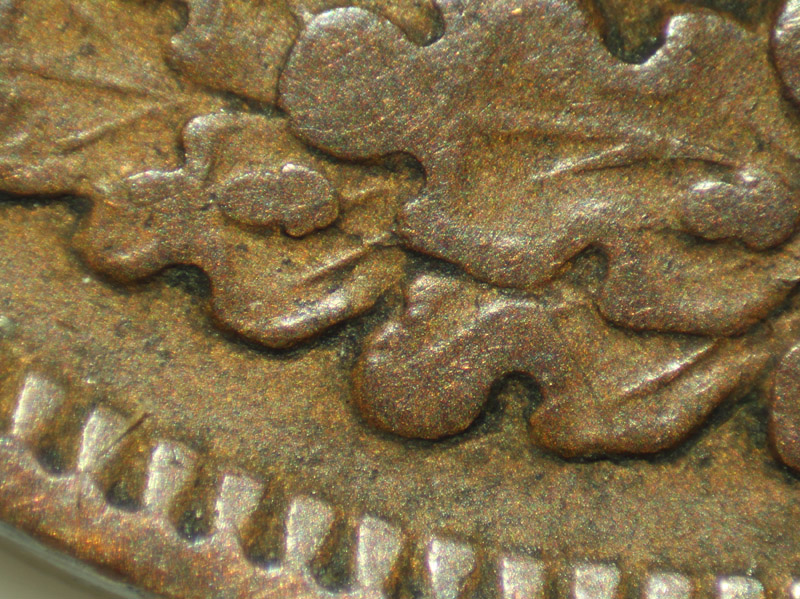 From 8:00 (Upper Area) (Click Image To Enlarge) |
